The building envelope must face a number of damage functions: bulk and capillary water, air-born water, vapor, radiation (ultraviolet degradation), pests, and people. But even in dry climates, water in all its forms perhaps poses the greatest challenge to building performance and longevity—and bulk water is public enemy number one.
In general, there are four basic approaches to bulk water management in a wall assembly:
1. Barrier
Barrier surfaces are designed to shed water without allowing any moisture penetration. Barrier-type exterior insulation finish systems (EIFS) exemplify the barrier system.
2. Mass
Traditional uses of concrete, masonry, timber structures, and other solid assemblies that are capable of serving as hygric buffers will shed most bulk water, absorb the remainder, and slowly release the absorbed moisture as a vapor.
3. Internal drainage plane
The plane located between the exterior cladding and supporting wall that serves as a redundant moisture barrier. Stucco or clapboard walls will often contain a dedicated internalized drainage plane.
4. Rainscreen
Rainscreens manage moisture through cladding, an air cavity, a drainage plane, and an airtight supporting wall system. These systems diminish the various forces of moisture-drive into a wall assembly.
In both teaching and practice, I’ve found rainscreens to be broadly misunderstood. I offer the following as a primer to differentiate between the basic types of rainscreens.
Two Basic Types of Rainscreens
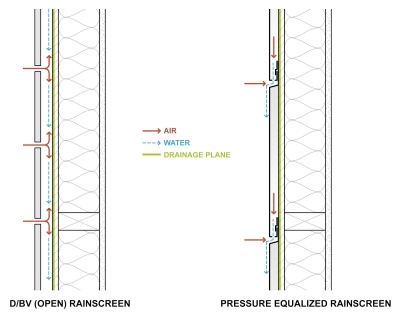
The term rainscreen has been generalized in the building design and construction industry. In essence, there are two basic type to rainscreen:
- Drained/Back Ventilated (D/BV)
- Pressure Equalized Rainscreens (PERs)
Drained/Back Ventilated
In this broad category of rainscreens, a continuous air space is provided. In some fashion, an air space between the cladding and exterior wall must be open enough to facilitate drainage and drying.
Ventilated rainscreens are open at the top and bottom of the air space to allow airflow and convective drying when water works its way behind the cladding through wind-driven rain, bulk water shedding, capillary action through the cladding, and so on. This interstitial cavity should be protected from bulk water and pests with overhangs and screens.
Vented rainscreens are open at the bottom of the air space. These systems encourage drainage but do not have sufficient airflow to enable convective drying.
Open rainscreens feature cladding with completely open vertical and horizontal joints. The drainage plane in this variety of D/BV rainscreen will be exposed to ultraviolet (UV) radiation, which could degrade the system over time.
In general, D/BV rainscreens are most appropriate for climates with less than 60 inches of annual precipitation.
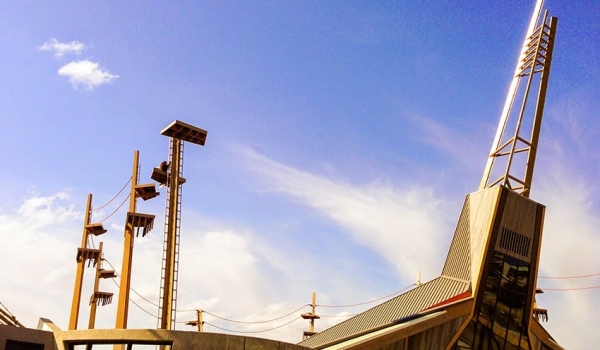
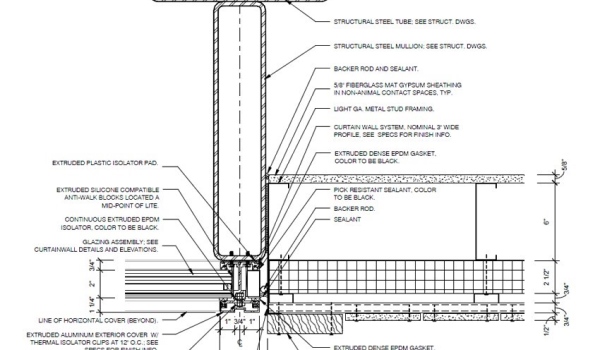
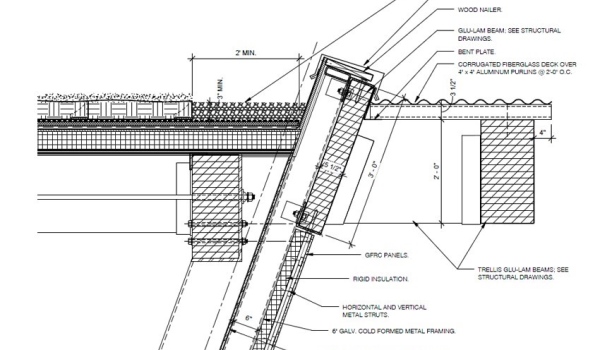
Pressure Equalized Rainscreens
This category of rainscreens is effective in all climates and provide a great option for locales that receive more than 60 inches of rain per year. PERs are advanced version of simple D/BV rainscreens. They integrate porous exterior cladding with compartmentalized air spaces, generous ventilation, and a support wall that is tight to both air and water.
PERs get their name because they terminate wind-induced pressure differentials across the cladding system. The compartmentalized air cavity promotes rapid air pressure equalization—thus, minimizing moisture intrusion. When wind-driven air enters openings in the bottom of the cladding system, the air mass in the compartment “pushes back” as it has nowhere to escape. This prevents wind-driven rain from entering the wall system. If a small amount of rain is driven into the cavity, the same openings allow the water to drain via gravity. PERs are typically employed in several commercial cladding systems, such as metal panel systems.
All types of rainscreen systems require carefully coordinated design and detailing. As a result, they may be more expensive than other cladding options. However, especially in wet climates, they may encourage greater resistance to moisture-related forces by keeping moisture off of the wall assembly.
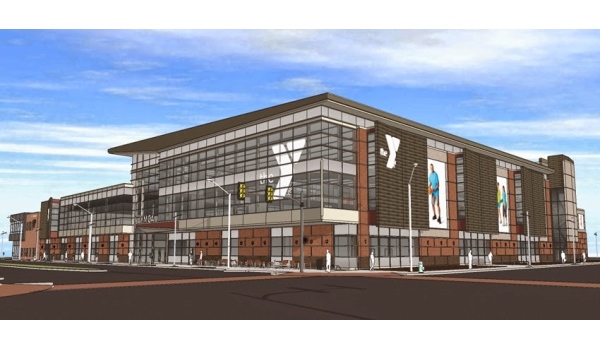
Rendering of the CityWay YMCA in Indianapolis, Indiana (currently under construction). Among other systems, the facility utilizes a PER system in the form of a metal panel cladding along the fascia and soffit of the signature roof feature. Image property of Browning Day Mullins Dierdorf.
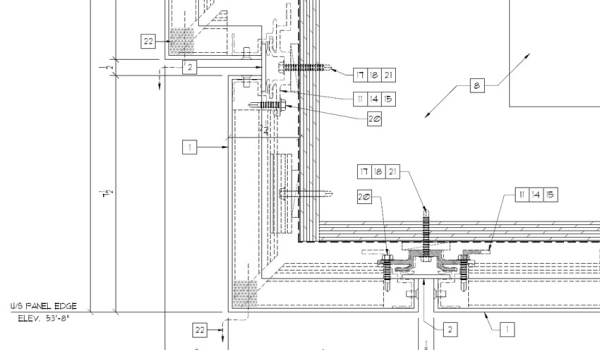

Report Abusive Comment